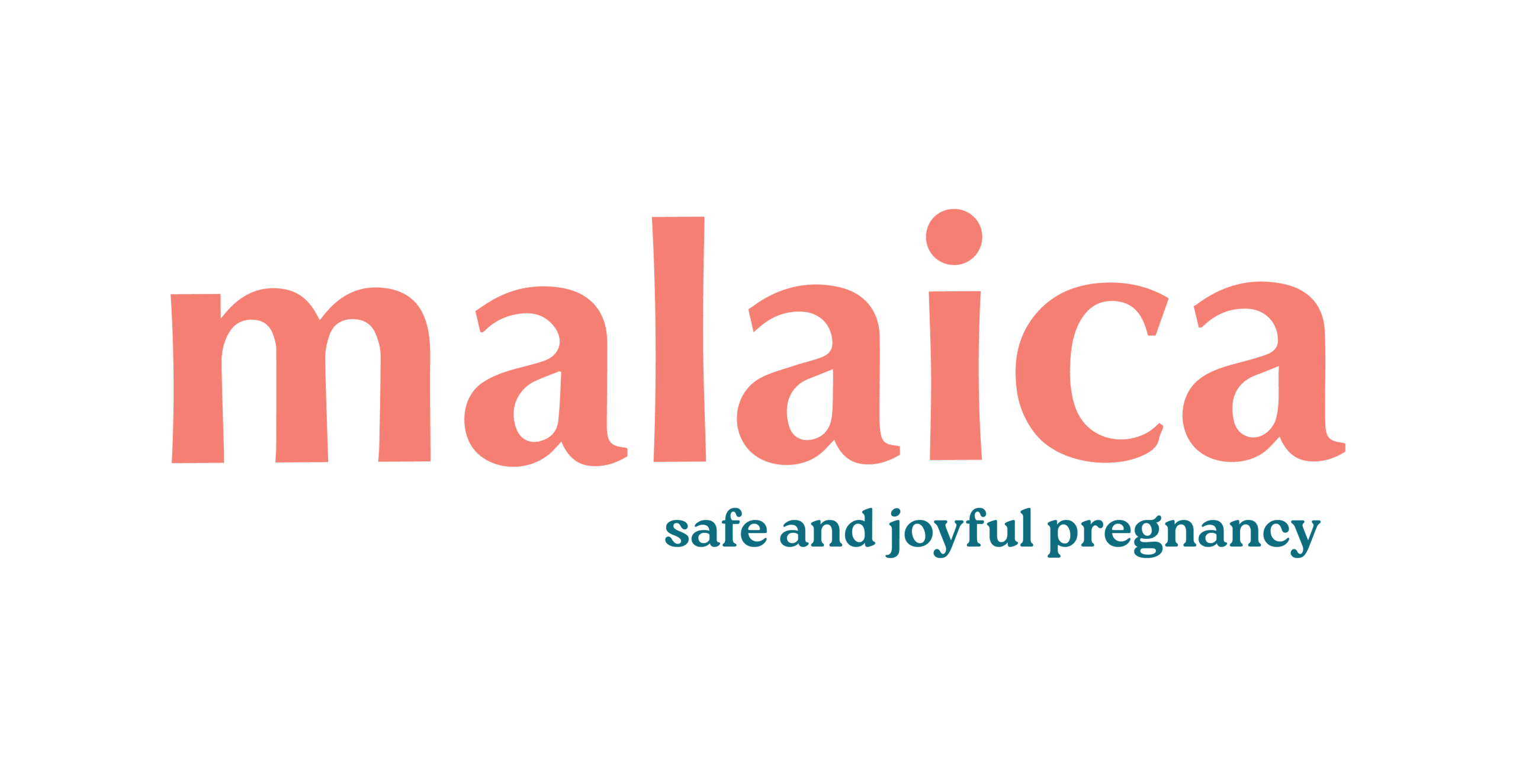Why is Induction done?
It is necessary when the continuation of the pregnancy complicates or diminishes the mother and/or baby’s well-being, and poses a risk to their life. Some reasons for the mother may include; high blood pressure, severe infections, diseases like high blood sugar, when the placenta separates, when the water breaks prematurely and when the pregnancy goes beyond 42 weeks. Some reasons for a baby include: the baby not growing well or when the baby dies before birth.
Other reasons are subjective to the mother’s preference and/or to the policies that govern the care provider’s practice. These may include; Due date, tired mother, choice of birth date, older first-time mother or twin pregnancy. Remember, about 80% of first-time mothers are more than likely to go past the due date. A mother should not be considered overdue unless she has completed 42 weeks. Induction of labour may be longer for first-time mothers and labour starts before term.
Remember: Any induction is induction. It is its effect that should be considered.
Types of Inductions:
Natural Induction:
Natural induction is a gentle way to help the body kick-start labour. If the mother’s body is not ready, it might not give any effect but repeating the same method over and over may produce an effect eventually. Natural induction should be started after a minimum of 37 completed weeks of pregnancy to avoid premature labour. These include activities that occur naturally to the body like:
- Exercising: Walking, swimming, stretching exercises, Kegels, dancing all relax the muscles, help release endorphins that relax the body and labor can naturally occur.
- Relaxation: Massage, rest can help stimulate labor as labor likes to start when the body is relaxed.
- Sex: Semen contain prostaglandin that prepares the cervix. During orgasm, oxytocin ‘the love hormone’ is released. Nipple stimulation during sex or in isolation helps produce oxytocin too.
- Foods and herbs: Spicy food, pineapples, dates, raspberry leaf tea and many others are said to help induce labor
- Other methods: a bumpy car ride, acupuncture, acupressure, reflexology, homeopathy have been used to induce labor
Medical Induction:
This is mainly what this article describes. Please read on.
What happens during a Medical Induction?
When the body initiates labour, it does so very gently. Initially, the contractions are mild, short and very spaced out. During this time, the body ensures that the cervix which is the exit is prepared for its role. Labour progresses gradually until the baby is born. Induction, on the other hand, can be immediate or can take hours to days depending on the body’s response.
The process of induction tries to mimic the natural way of doing things. Some general preparation is done before induction. These include stripping of membranes which is the separation of the bag of waters from the cervix. Some doctors will prescribe an enema to empty the bowels in an effort to stimulate contractions as the bowels move.
Ripening of the Cervix:
When the doctor asks you to check in for an induction, they usually first do a vaginal examination to check the state of your cervix. The first step is usually to help ‘ripen’ the cervix making it soft, short, thin and ready to open. This is also referred to as effacement. A synthetic prostaglandin hormone in form of a pessary is inserted into the vagina to initiate the ripening process. In some setups, a pill to swallow or a gel to insert is used.
Naturally, the body produces prostaglandin to ripen the cervix. The hope is that the synthetic prostaglandin will stimulate the body to start producing the labour hormones too. A mother can get up to 3 pessaries repeated every 6 to 8 hours.
Rupture of Membranes:
Ideally, when the cervix ripens, the process of induction is continued. The water is broken for several reasons; one is to check that the water is clear. If the baby has done a fresh poop, sometimes depending on the care provider and policies in place, induction is stopped and a Caesarian section is done. In some incidences, the induction will continue but with the baby’s heartbeat continuously monitored to rule out distress. Another reason is, it is assumed that when the bag is broken, it allows the baby to move down some more making labour faster. The procedure is not painful but may be uncomfortable. Your care provider will insert a hook to break the bag. the hook may be a few centimetres long or a small condom-like piece with a hook worn on one of the fingers. A gush of fluid is seen/felt after the bag breaks.
Oxytocin Infusion:
Synthetic Oxytocin hormone (also referred to as Syntocinon or Pitocin) is administered via an intravenous infusion (drip). Oxytocin is the hormone the body produces to start contractions. The infusion is continued with the dose increased every so often until it is time for the baby to be born.
Monitoring:
Monitoring of the baby’s heartbeat is done continuously or intermittently. A chart called a Partograph is started in some instances to record the findings of the baby’s heartbeat, mothers blood pressure and vaginal examination findings.
Advantages of Induction:
- The risk to mother and /or baby is averted
- The baby is born as per the schedule
- Reduces the waiting time before labour and birth
The risks associated with Induction:
- If a mother was not sure of the date of her last period, the baby may be born early compromising their immediate lung and brain function.
- The body may reject the induction trigger especially if the natural hormones and preparation had not begun. If the cervix does not shorten, soften and thin, the chance of the birth ending up in a Caesarian is much higher.
- The risk of infection exists after the bag of waters is broken. In about 70% of births, the bag breaks just about when the birth is about to happen.
- Breaking of waters may pose a risk of the cord falling out especially if the baby had not engaged. It also may delay the rotation of the baby’s head to the birth position.
- The oxytocin infusion makes contractions strong and more frequent and would require mums to require pain relief. The strong contractions may also tire the baby reducing their heart rate a situation referred to as Fetal distress and calls for a Caesarian birth.
- The infusion and monitoring reduces mother’s mobility which makes it difficult for her to use other coping strategies and reducing her use of gravity.
- Most inductions have time frames. This may put pressure on the mum and cause her anxiety. Anxiety during labour may cause tension, which inhibits relaxation and increases the pain.
- The strong and frequent contractions may make the uterus muscles tired and therefore slow in contracting after birth and this can lead to bleeding.
- Uterine rupture is a rare situation but can happen when the uterus gets overstimulated especially when close monitoring is not done.
We hope this gives you a good description of what to expect if you choose or have to have labor induced.


